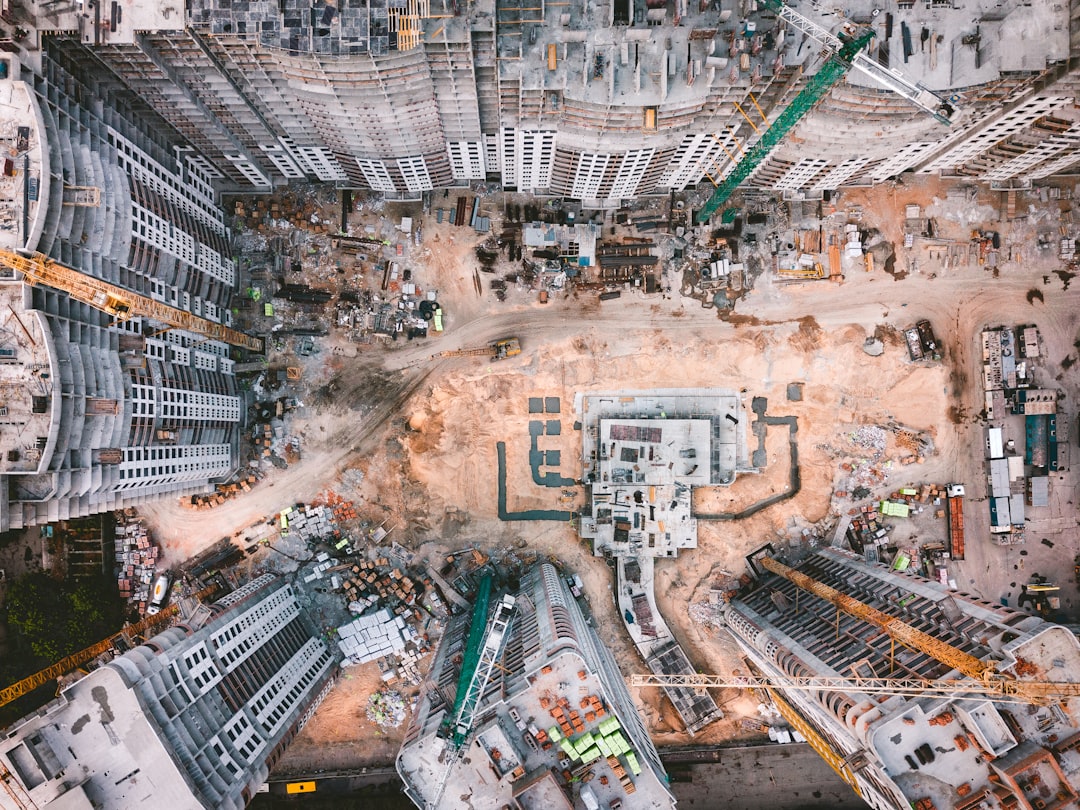What is it about?
An earthquake of significant magnitude struck the Vesuvian area in common era (CE) 62. The earth tremors, originated by subterranean winds according to Roman seismology, provoked extensive damage to the buildings of Pompeii. By evaluating collapses and repairs, it was observed that wall overturning was the prevalent type of failure. Lucretius and Seneca dealt with such amasonry loss of equilibrium, which is illustrated in two bas-reliefs discovered in the house of Caecilius Jucundus (Regio V, Insula I, civic number 26) in Pompeii. The improvement of the bond among orthogonal walls; the constraint degree that was increased in the relevant constructive elements, such as the columns; and the widespread use of buttresses were some of the effective technical devices adopted after the CE 62 earthquake, which aimed at consciously mitigating the vulnerability of buildings under seismic action.
Featured Image
Read the Original
This page is a summary of: Seismic Protection in Pompeii during the Age of Nero and Vespasian, Journal of Architectural Engineering, December 2017, American Society of Civil Engineers (ASCE),
DOI: 10.1061/(asce)ae.1943-5568.0000273.
You can read the full text:
Contributors
The following have contributed to this page










